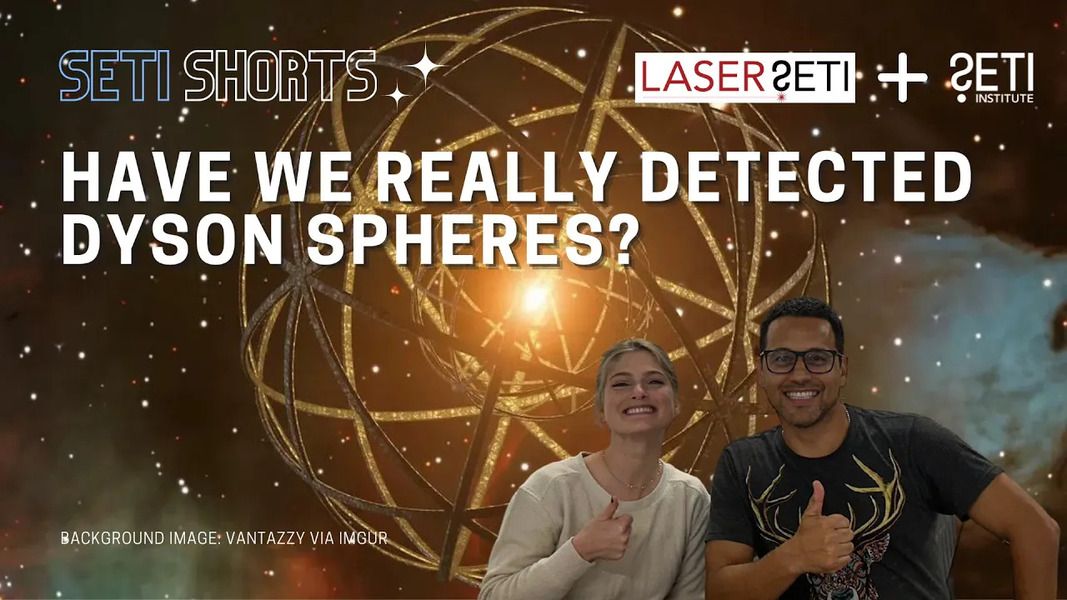
Dr. Franck Marchis, a senior planetary astronomer and director of Citizen Science at the SETI Institute, and Dr. Lauren Sgro, outreach manager for LaserSETI and astronomer at the SETI Institute, discussed the possibility of Dyson spheres and recent research in a SETI Institute video. While no aliens have been found (yet!), Dr. Marchis explained that a Dyson Sphere is a hypothetical megastructure built around a star by aliens to harness energy.
Two papers published recently looked for signs of Dyson spheres by searching for infrared excess, which occurs when surrounding material absorbs light from a star and re-emits it as heat, causing astronomers to see more infrared light coming from a star than they would expect from the star itself. This could be evidence of alien technology, or something more natural. One project, called Project Hephaistos, found seven infrared excess candidates that were all M dwarfs (red dwarfs), the most common type of star in the universe. These candidates are relatively close to Earth (less than 1,000 light-years away), and their infrared light – many times brighter than expected – is compatible with the authors’ Dyson Sphere models. The second paper used a different methodology and search radius, finding 53 candidates with extreme infrared excess.
While exciting, infrared excess could also be caused by other phenomena, such as circumstellar disks (debris leftover from planetary formation, like our asteroid and Kuiper belts) or background objects like galaxies that emit infrared light.
More data from telescopes like the James Webb Space Telescope (JWST) is needed to solve the mystery. JWST could help identify artificial materials, confirm or rule out background galaxies, and provide more information about the candidates. The Allen Telescope Array (ATA) could also observe the stars and look for anomalous radio signals that might indicate an advanced civilization.
LaserSETI, another project in the search for extraterrestrial intelligence, is also being used to search for these candidates. LaserSETI looks for monochromatic laser light, which does not occur in nature, as a potential sign of advanced civilizations. LaserSETI stations are being built to cover the entire Northern sky and could detect those Dyson-sphere builders.
While it's too early to say for sure, the research is exciting and provides tantalizing clues in the search for extraterrestrial intelligence. Watch the video "Have We Really Detected Dyson Spheres? The Real Story" on the SETI Institute YouTube channel to learn more.
News
Related News

Mars’s Ancient Carbon Cycle: How Rocks on Mars Tell the Story of a Vanishing Climate
#SETI Live Blog #Mars #Astrobiology #SETI #Solar System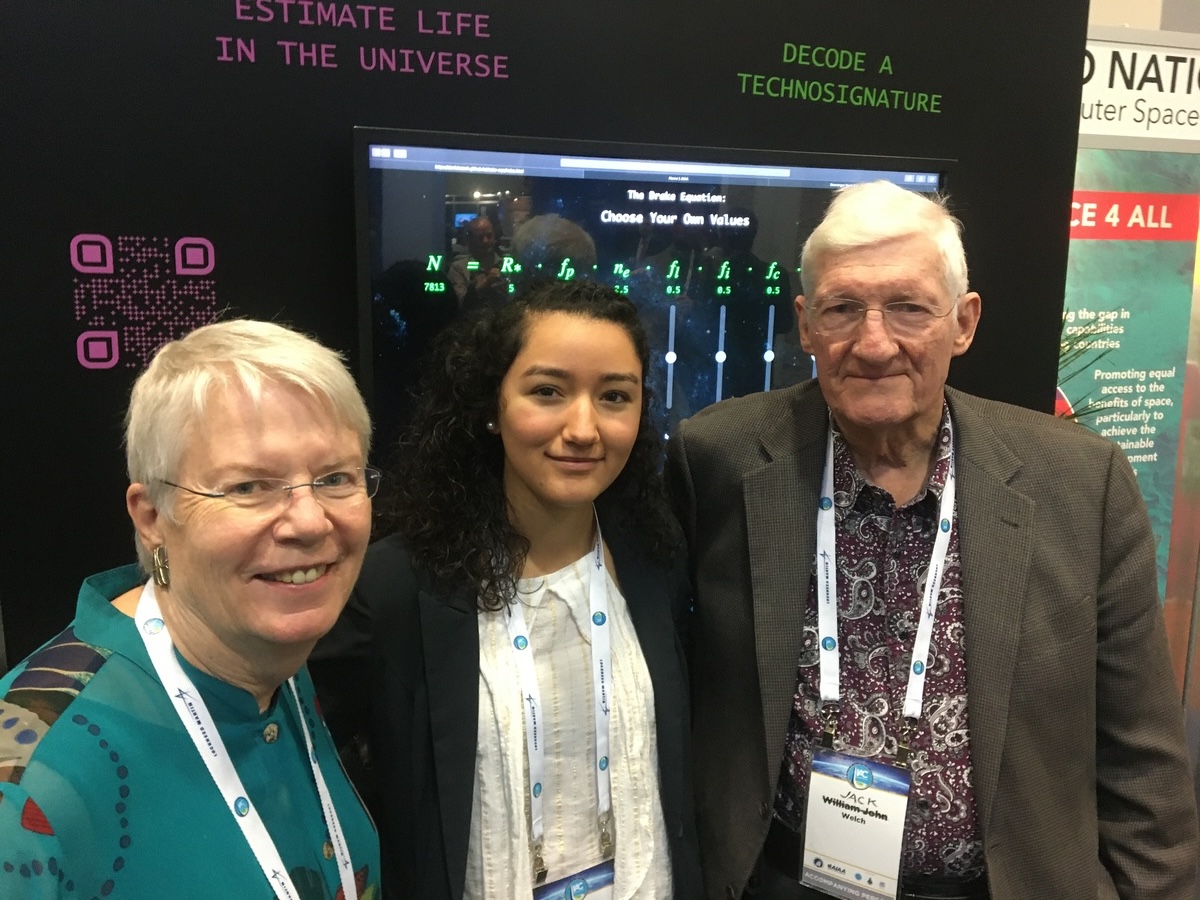
SETI Institute Names First William J. Welch Postdoctoral Fellow
#Press Releases #ATA #Fellowships #SETI #Hat Creek Radio Observatory
Planetary Picture of the Day - Week of June 02, 2025

Searching for Life from the Rooftops
#LaserSETI #SETI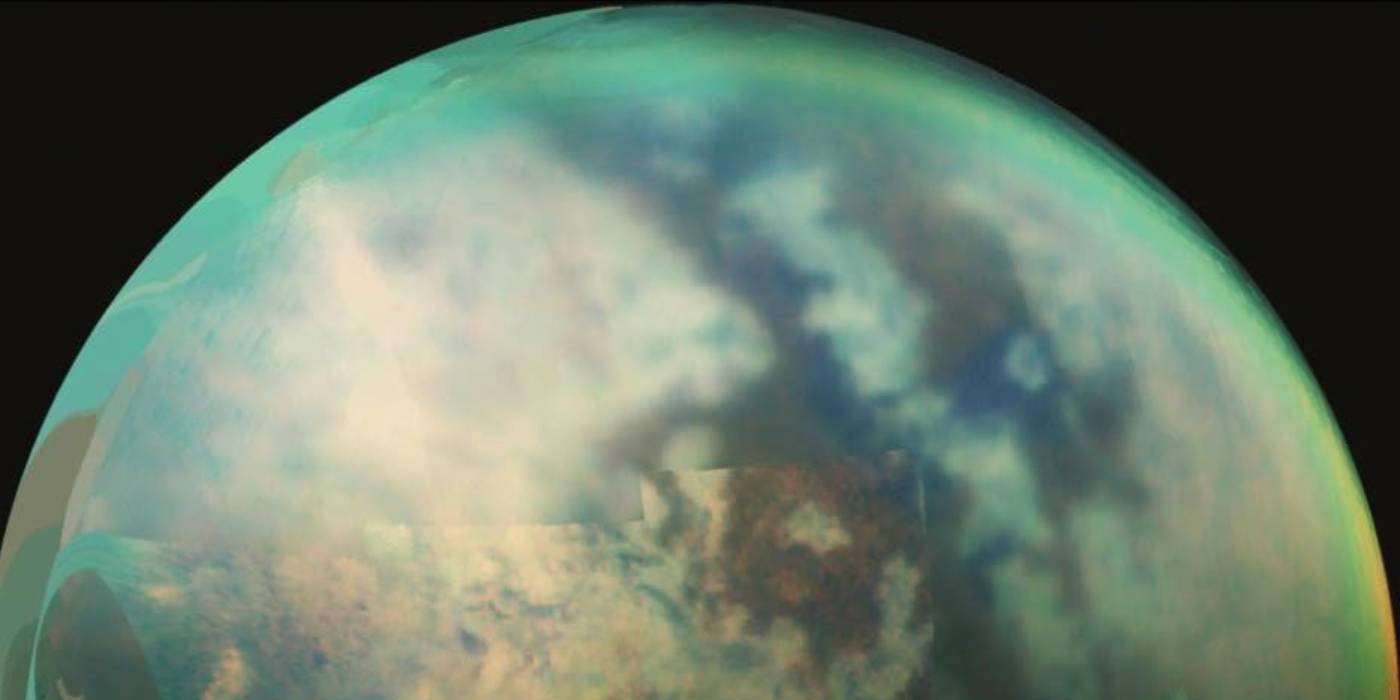
Titan’s Missing Deltas? What Cassini Saw — and What It Didn’t
#SETI Live Blog #Solar System #Astrophysics #Astrobiology #NASA Missions and Observatories
Unusual Stellar Nurseries Near Our Galaxy’s Center Puzzle Scientists
#Press Releases #SOFIA #NASA Missions and ObservatoriesResearch
Related Projects

Technosignatures SAG
Technosignatures SAG is a group of volunteer experts who have been chartered by NASA to produce a report to NASA’s Exoplanet Exploration Program, containing the results of its analysis on how NASA can better integrate technosignature search into its portfolio. #Technosignatures SAG #Technosignatures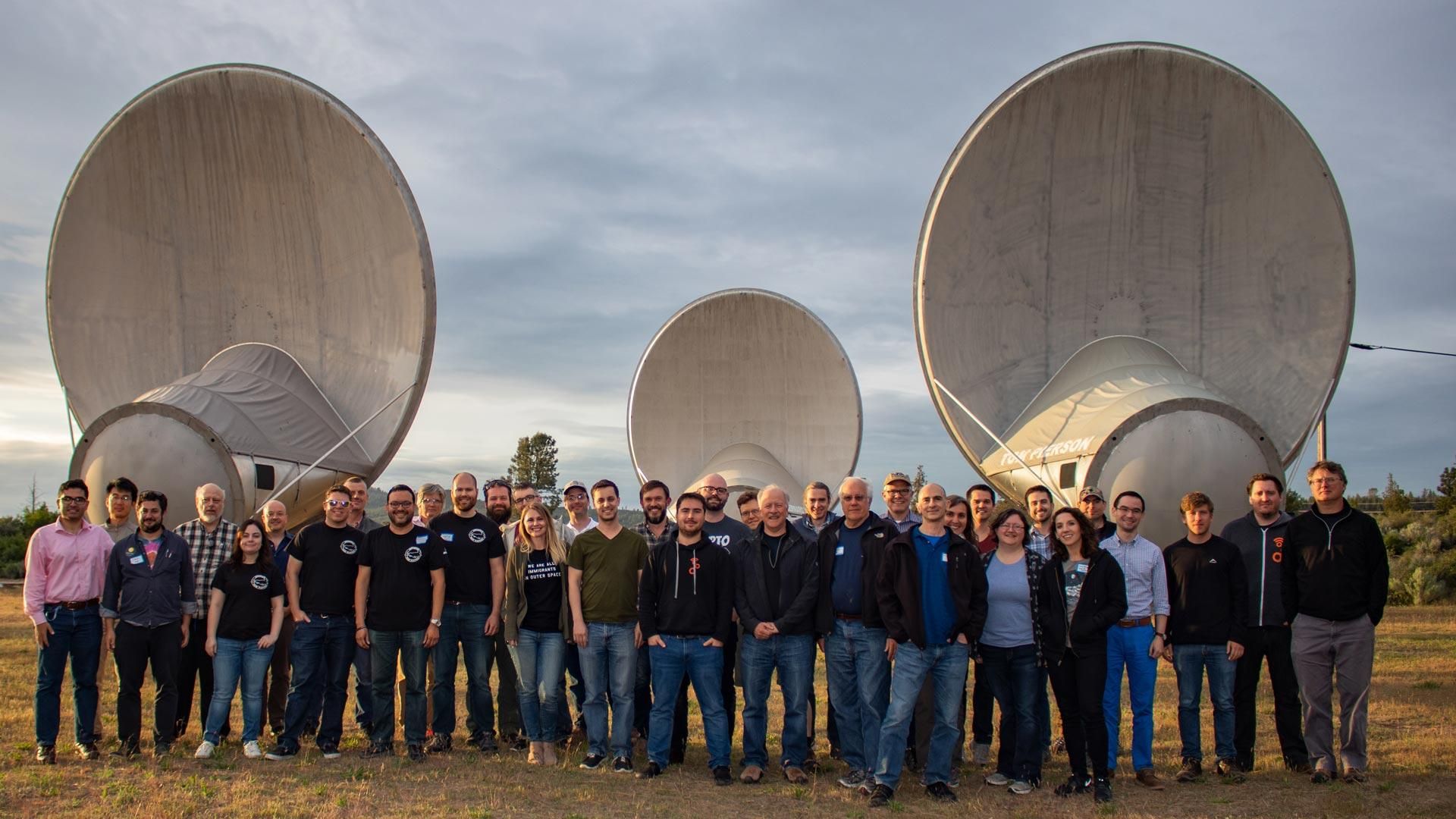
GNU Radio and SETI
GNU technology could revolutionize the development of receiving equipment for SETI (and for radio astronomy in general.) It promises to speed the design of new receivers, and to allow scientists to quickly change how data are analyzed and displayed. #GNU Radio #Radio Astronomy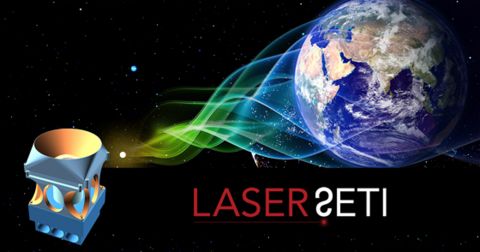
LaserSETI
SETI Institute’s LaserSETI program is building a network of instruments to monitor the entire night sky. This network represents an unprecedented growth in the continuing search for manifestations of sophisticated intelligence beyond Earth. #LaserSETI #Optical SETISupport the
SETI Institute
Scientists are getting closer in their search for life beyond earth. But with limited federal funding for the search for extraterrestrial intelligence, supporters are the reason cutting-edge scientists can keep their eyes on the sky.
)
